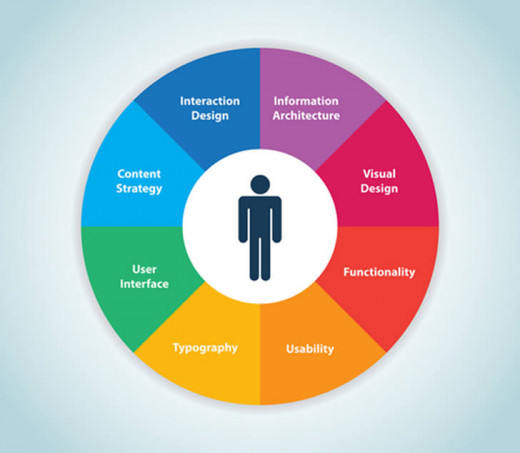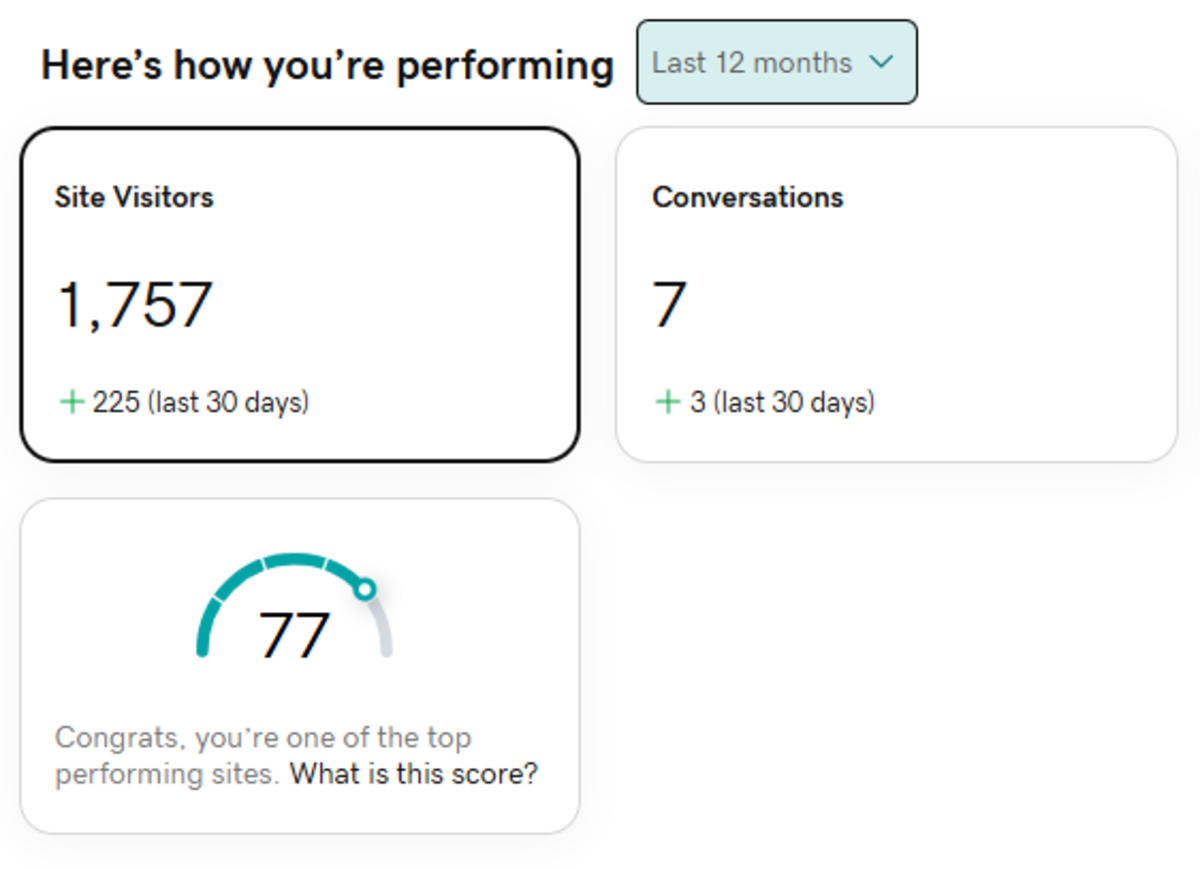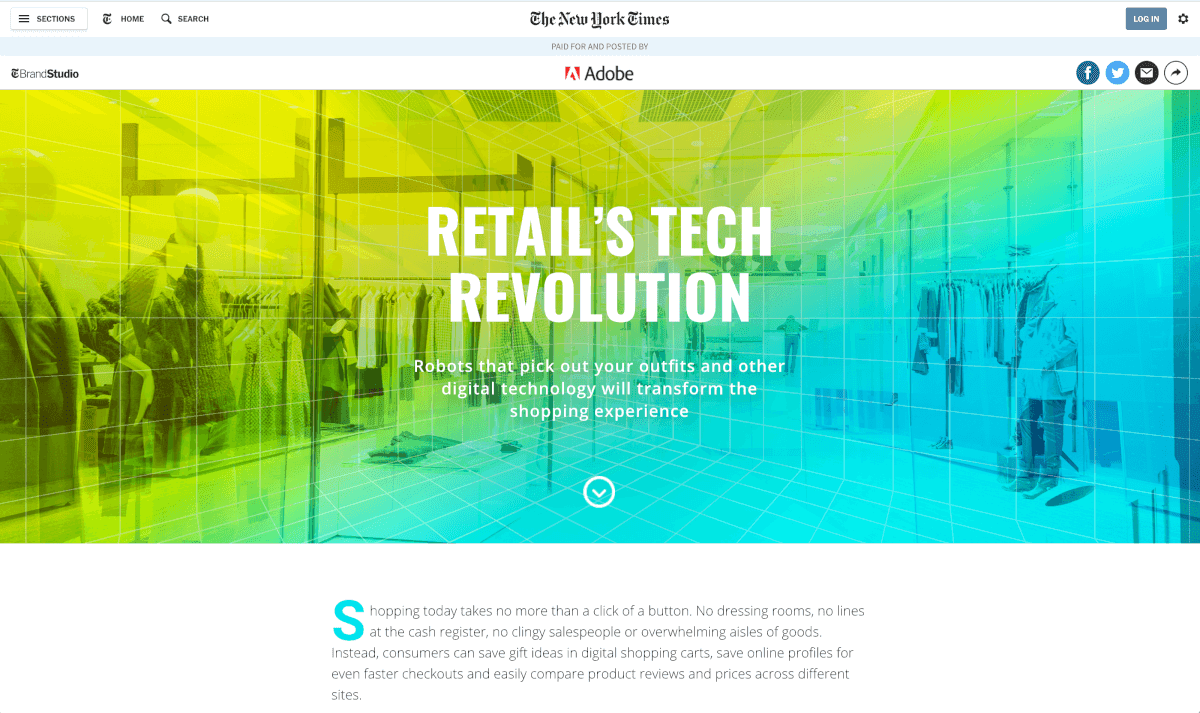Common Seo Techniques That Work

Everyone's goal is to make it to the front page of Google search results. It results in hours spent on keyword research, searching to find the latest algorithm changes, and dreaming of that day. However, there is hope! SEO does not rely solely on keywords. Several SEO strategies must be implemented simultaneously in order for your website to have the search engine traffic that you want.
Don’t Over Optimize
After doing your SEO keyword research, make sure that they are not used too many times. As a general rule of thumb, you should use keywords once per one hundred words. If you use too many of them, your content will quickly be deemed as over-optimized by popular search engines and ranked lower in search results. Likewise, if you use too few keywords it will likely rank lower as well.
Use Multiple SEO Keywords
Optimizing your content with one keyword gets you a few results. The more keywords you can implement, the better it should be, but that’s not quite how it works either. If you use too many keywords, once again your site will rank lower in search engine results. Instead, opt for 5-10 keywords. Make sure to use different keywords that don’t contain words from previous keywords. For example, if you use “DIY makeup” and “DIY bronzer”, they both contain the word DIY. Then, DIY will be over-optimized. Instead, stick with SEO keywords that won’t run together to avoid over-optimizing your content.
User Experience
Google unleashed a new algorithm that changed the game of content as we know it. It’s called RankBrain. It uses a new set of tools to rank your site, and one of those is user experience. When a person visits your website and leaves quickly, it shows that users aren’t enjoying the experience. Instead, you want to keep them there longer, which tells Google that users are enjoying your website. Then, your ranking goes up.

Optimize For Voice Search
Voice search is a powerful thing that most websites are overlooking. Because the majority of the first world will be searching from a mobile device, you can trust that there are plenty of voice searches. However, when a person searches by voice search instead of typing in a search box, they use different phrases.
For example, if a person wants to find an apple pie recipe, they will more than likely type apple pie recipe. If they use a voice search, they might say apple pie recipe. However, they could also say “how do you make an apple pie?” It’s important to optimize for both types of searches to maximize your outreach.
Make Sure It’s Mobile Friendly
When you’re optimizing your site, make sure it’s mobile-friendly. Visit your website from your phone or tablet to do your own trial run. If the sizing is off or the page doesn’t load quickly, that can be a problem. Specifically, it’s a problem that will result in a higher bounce rate and lower ranking. Fix it.
Content Is King
If you can’t write, find a writer. Then, publish long-form content with zero fluff. You don’t want a long, boring introduction or too many filler words. Filler words are those words that writers throw into their content to reach a word count. For example, also. You can write any sentence without the world “also.” However, if you include it enough at random intervals, it’ll help writers reach that word count that you want. Watch out for that to make sure that your content is the best of the best.

Technical SEO
While content is important, it won’t matter if your site takes so long to load that users don’t bother waiting. On average, it should take 3 seconds, and that’s the most a user should spend waiting. This is called technical SEO. Other things to double-check include:
-
Security (you don’t want anyone to hack your users)
-
Structure of both data and the website
-
The architecture of the site (it should be organized so information is easy to find)
Your other SEO techniques won’t matter if you have not included technical SEO.
Internal Links Are Important
As your website grows, it’s important to add internal links. Here’s an example. This is my first blog post on this account. I am going to expand this, and write blog topics on each topic above, and probably many more. Then, I will come back to this post, and edit it to link to my other posts. Every post can have an internal link. This keeps users on your website longer, which makes the search engines rank you higher.
External Links Don’t Hurt
Most people shy away from external links because the goal is to keep the user on your website. So, it doesn’t make sense to give them links to other people’s content. However, search engines and users alike appreciate this. This is because it’s not about your website, it’s about the user. If people like what they get from your website, even if it involves them finding another website full of useful information, they are more likely to come back. Place useful links further down in your content to make sure the reader stays for longer than three seconds, though.
Include Numbers In Titles
For some reason, “29 ways to tell if a man loves you” is instantly more appealing than “how to tell if a man loves you.” Users are more likely to visit websites when there is a number in the title, and the higher the number the better it is. If you’re making a post that you can turn into a list, put a number in the title. This alone will not get you on the first page of search engine results, but it can definitely help.
Put Keywords In Metatags
Meta tags are those little snippets that show up under the title of the website. These can instantly entice a user to click on that link. Likewise, they can easily make a user want to keep scrolling. Make sure they have keywords to show up in search results. Then, make them sound appealing. When you combine those two things, you can say hello to higher rankings.
Search Engine Optimization takes time, research, and practice. This guide is enough to get you started towards becoming a DIY SEO expert, but there is still a lot to learn. Remember to use multiple DIY SEO techniques to get your page to rank faster.
© 2020 DigitalMarketingToday








